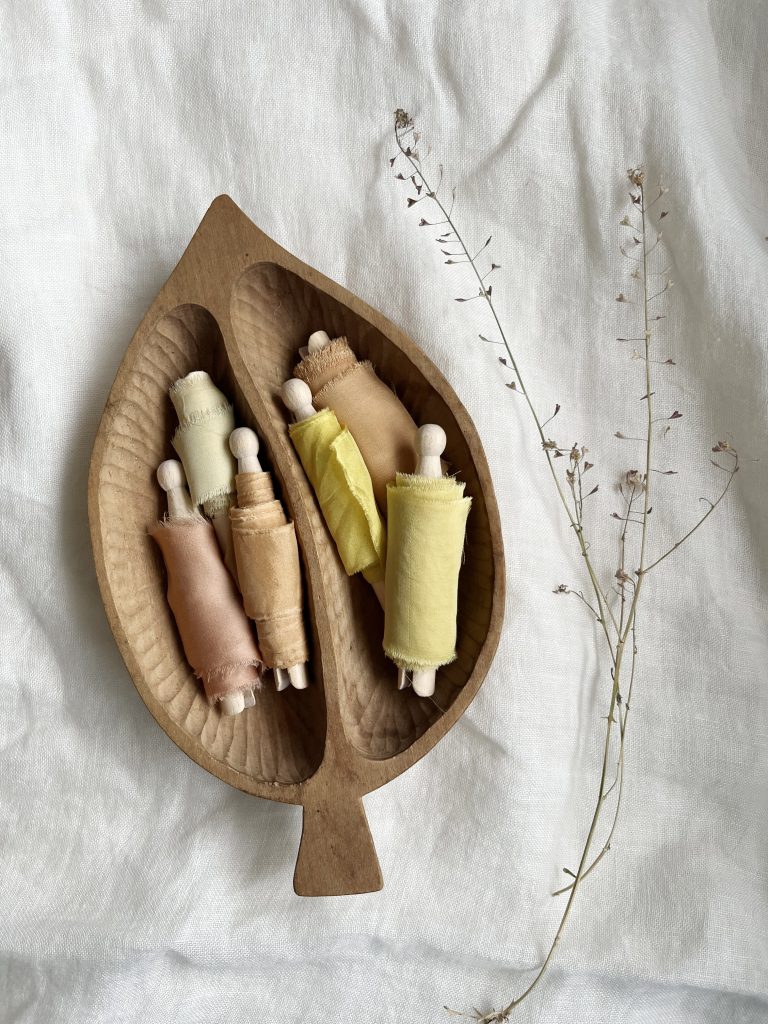Yay! Your free guide is zipping its way to your inbox... right... about... now!
Before you go, here’s a ONE TIME special offer for you:
HALF PRICE on one of my most popular courses
(with lifetime access)
But here’s the catch – this offer is only available for the next 20 MINUTES
Tell me more, Rebecca!
Dye With Your Local Plants
make beautiful natural dyes from the plants on your doorstep
Lovely words from a student...
“Rebecca’s step-by-step teaching is easy to follow, and I always enjoy learning something new from her.
This class will inspire you to look for local plants to dye natural fabric. It will also guide you on how to prepare and mordant your fabric for dyeing, along with showing you how to dye with different plants. Finally, you will learn how to turn the beautifully dyed fabric into ribbons.
Learning how to rip the silk I dyed into ribbons was so much fun, and then I loved using them to wrap packages.”
– Desiree bell
Take a look outside...
There are dye plants all around you waiting to be discovered.
A vibrant pot of botanical dye is just around the corner.
Tap into nature and gather local leaves, flowers and tree cones to create a spectrum of colour.

DO you –
If you nodded along to any of those, then I suspect you’ll like this...
Introducing...
Dye With Your Local Plants
Dye fabric in a beautiful palette of local colours using leaves, flowers & tree cones that grow on your doorstep.
No matter where you live in the world, my tried and tested recipes will guide you to create vibrant, unique hues.
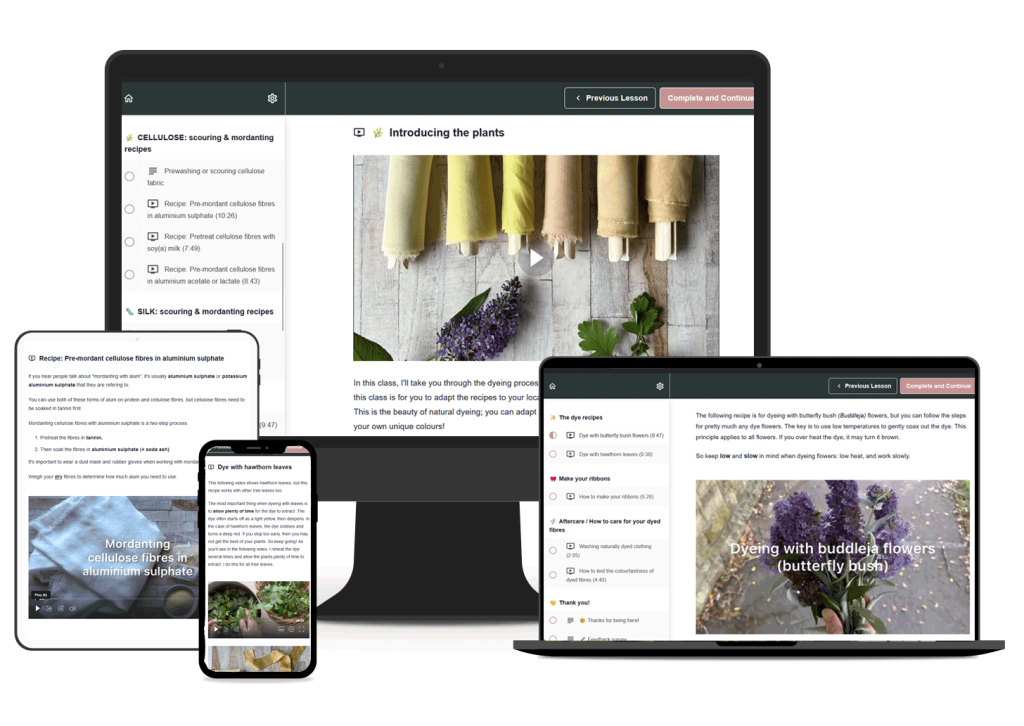
Can you make a cup of tea?
Then you can dye with plants. It really doesn’t have to be much more complicated than that.
I have so many secrets to share with you, so you can avoid the overwhelm and get great results.
TELL ME MORE
Preview the course
What you’ll learn
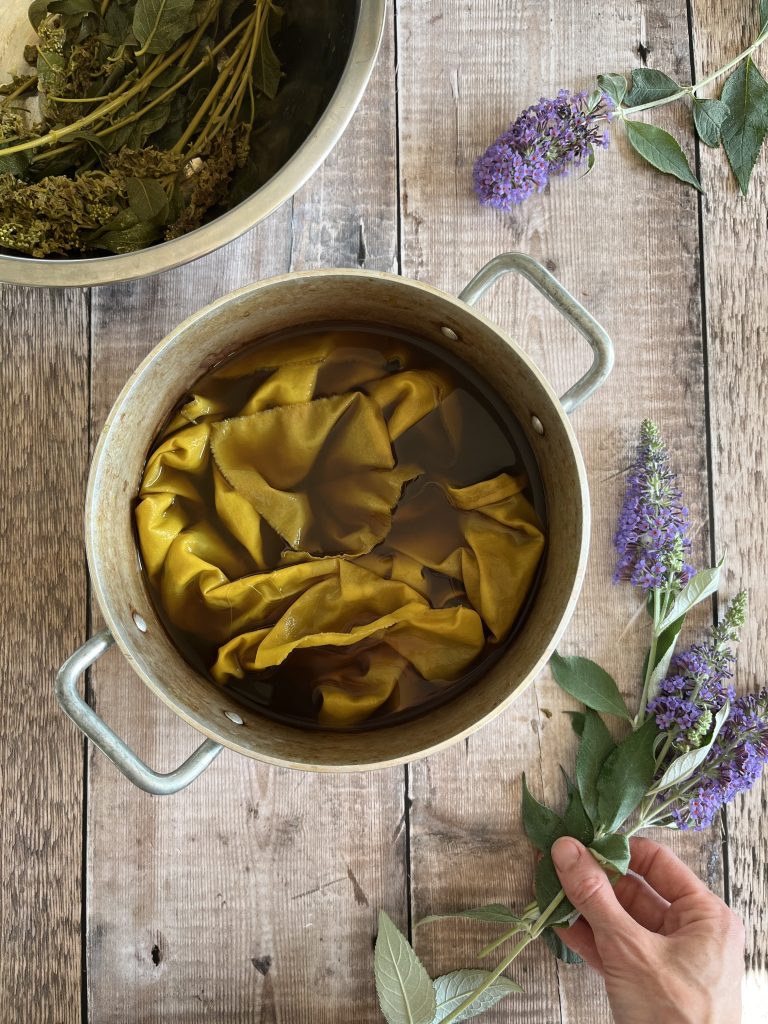
Dye fabric with local plants
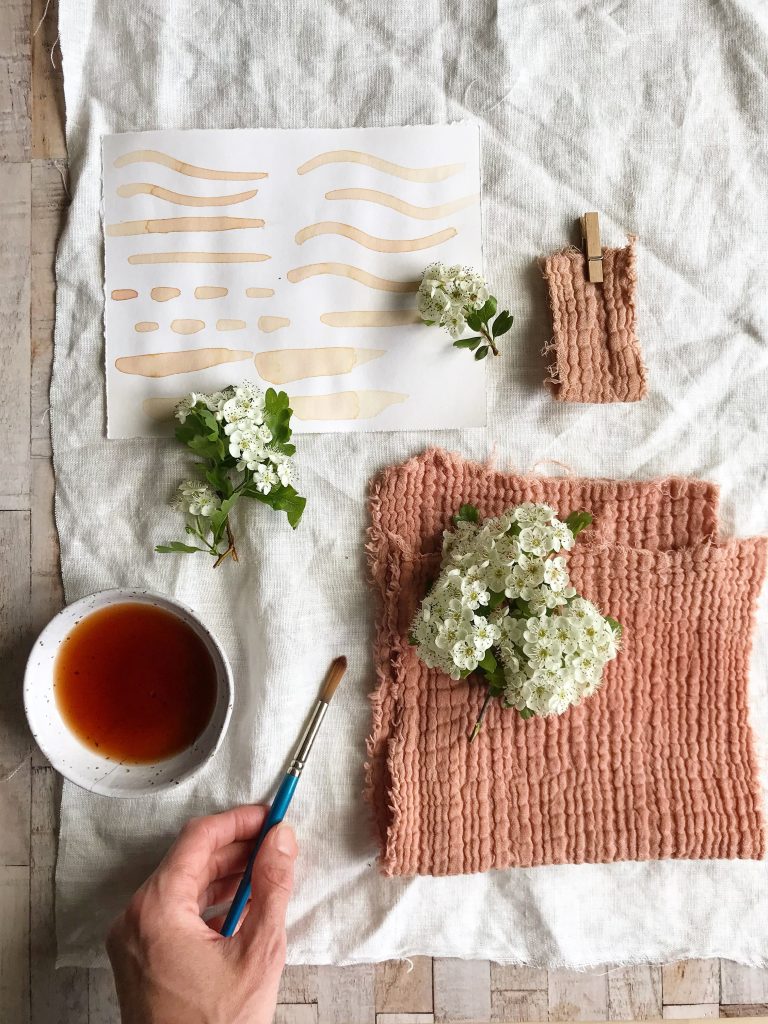
Dye with foraged leaves
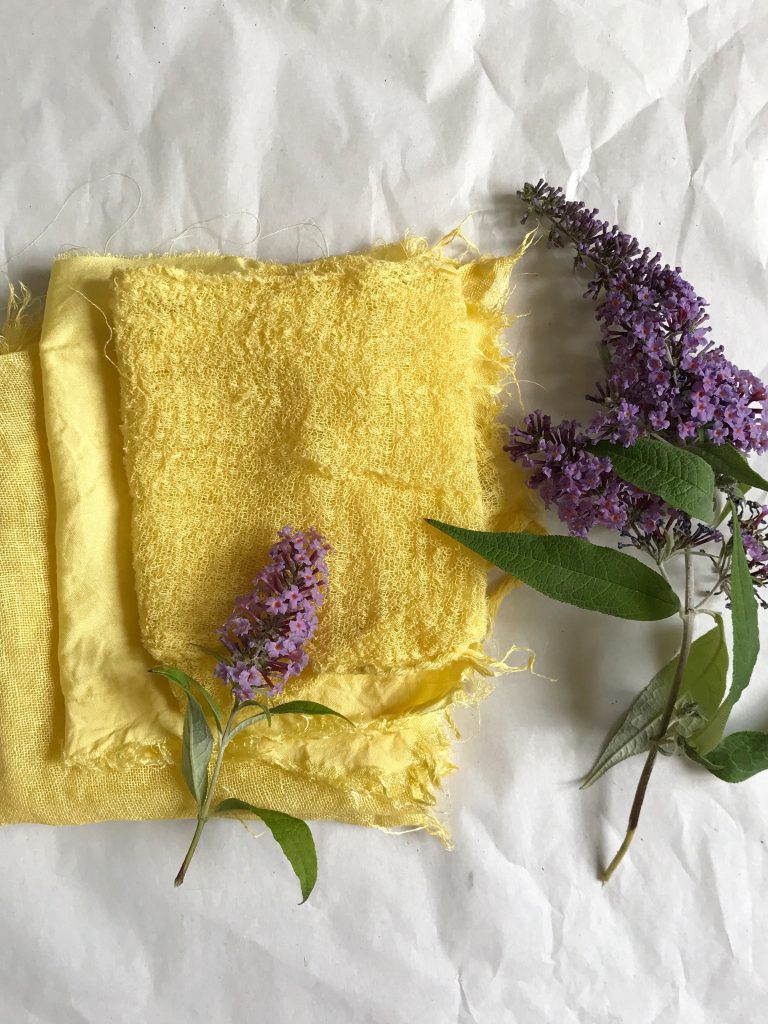
Dye with flowers
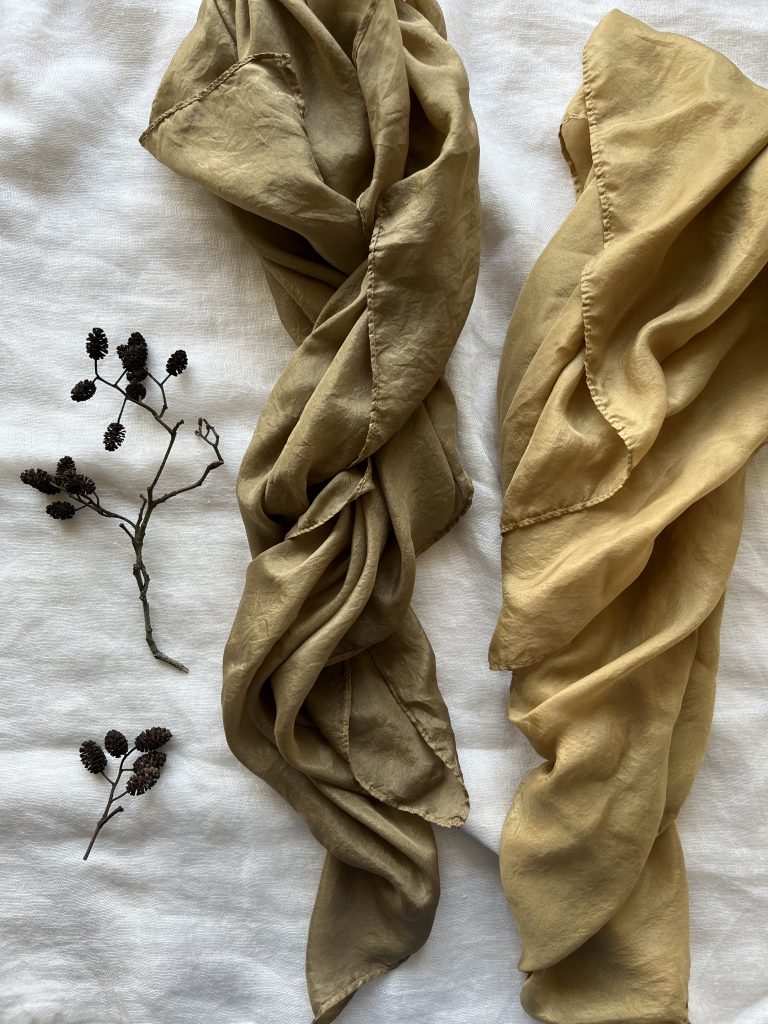
Dye with tree cones
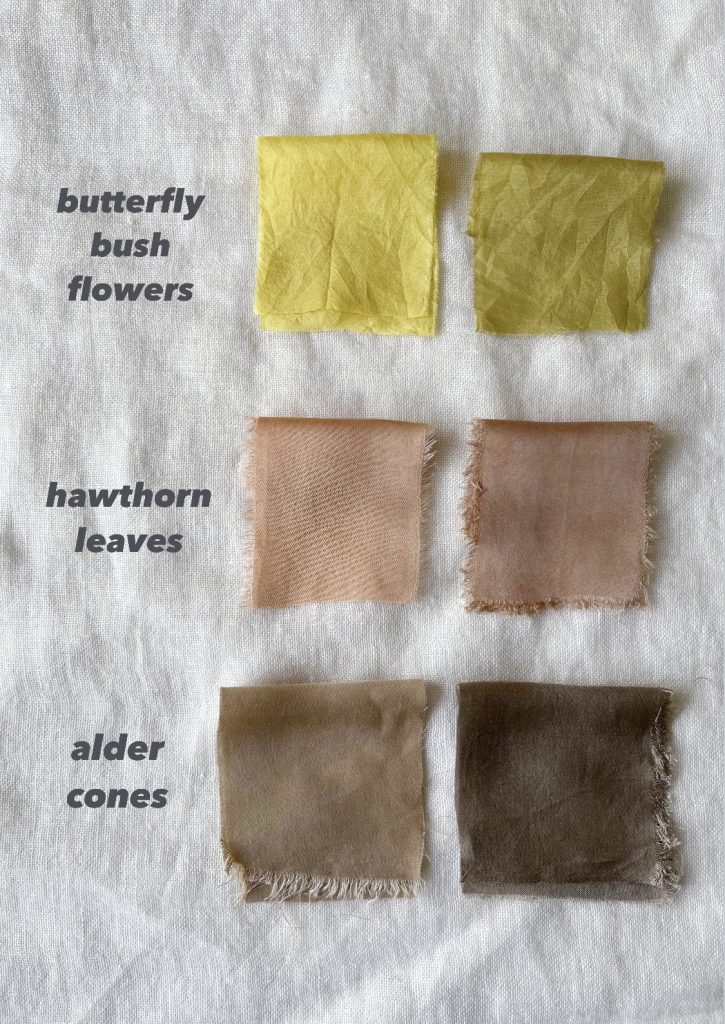
Darken colours with rust
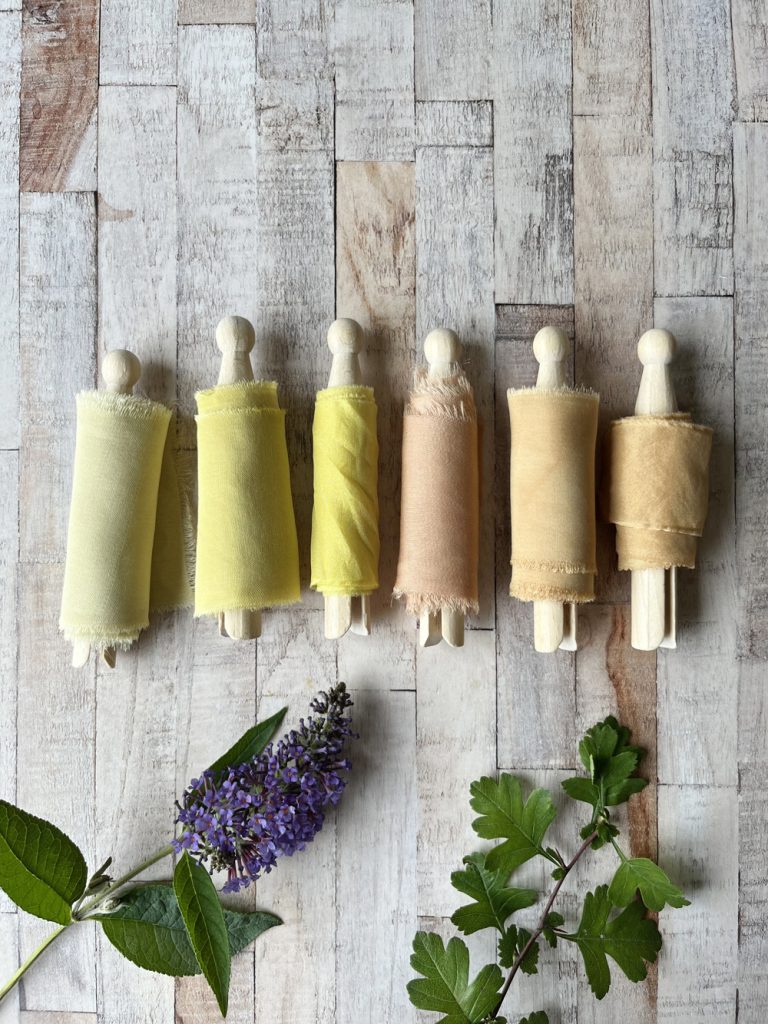
Turn your fabric into ribbons
Just imagine...
You gather a basketful of goldenrod or gorse flowers, then return home and make a pot of vibrant dye.
I’ll show you how to extract dyes from your local plants, so you can create colours through the seasons.
“I found this course incredibly helpful! I love how Rebecca gives principles that you can apply to the native flora within your country. The course was really easy to follow and explained well with videos and text! I would highly recommend this course if you are keen to naturally dye fabric!”
— May-Lyn (student)
“Going to the woods is going home.”
– John Muir
Everything you need to become a confident natural dyer:
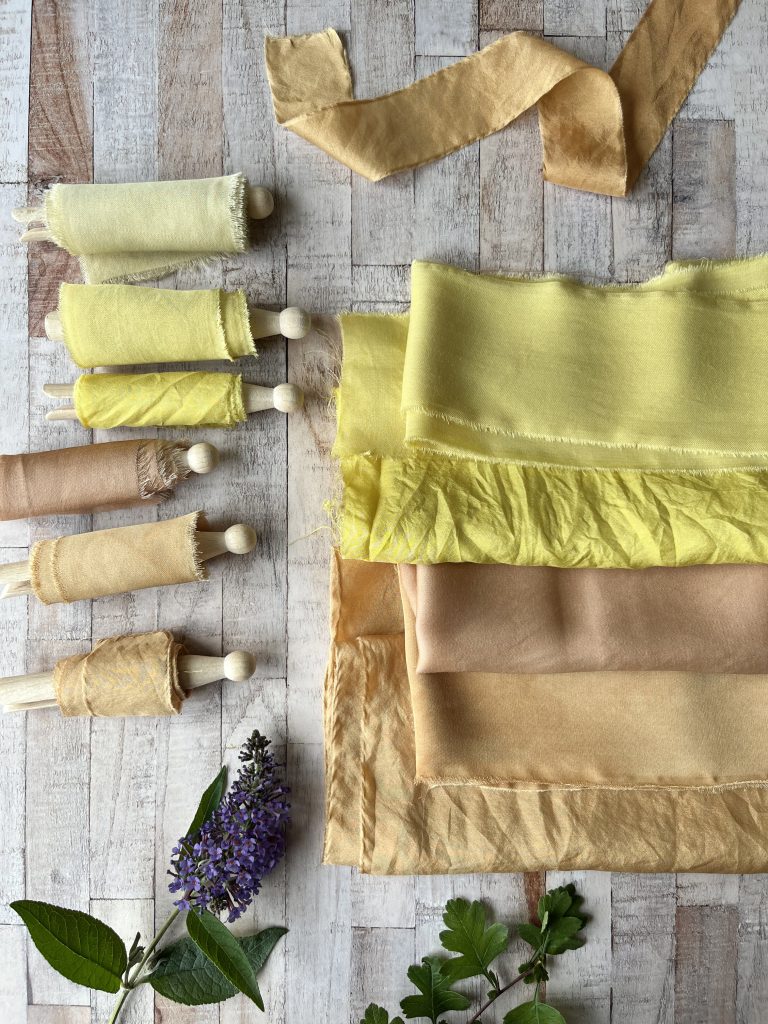
(Re) connect with nature
Natural dyeing is a perfect opportunity to explore your local environment.
This course will help you see the world through fresh eyes and soon enough, you’ll be spotting dye potential everywhere.
Explore your local colour...
enrol now for half price
£23.50 £47
Meet your instructor
Hi, I’m Rebecca!
Over the last decade, I’ve taught thousands of people natural dyeing via my books and online courses.
Years ago, I started off dyeing with powdered dye extracts that I bought online. Although these were beautiful, I longed to feel more of a connection to my local environment.
Then, everything changed when I became a mother. I’d go on long walks with my baby and return with my pockets stuffed full of plants. Alder cones and dandelions were some of the first local dyes I tried.
Then, as my son got older, he would help me forage for plants too. Together, we learnt about the different trees and “weeds” growing around us. A lot of sweet memories were captured on cloth.
I realised that I didn’t need to spend money on dyes, as I had an array of beautiful dye plants right on my doorstep.
Ever since then, I’ve been on a journey of discovery in search of new colours from my local plants. There’s always something new to discover from nature.
Join me in my studio where I share my dyeing secrets and inspire you to unlock the colour from the plants around you.
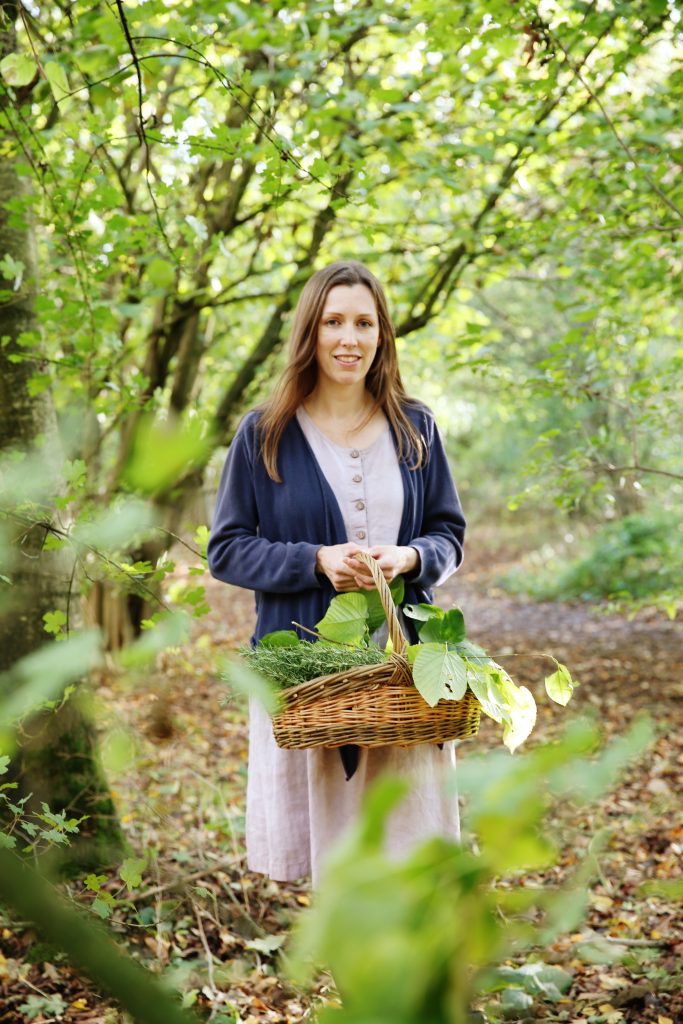
Enrol for £23.50 £47, with lifetime access
Frequently Asked Questions
